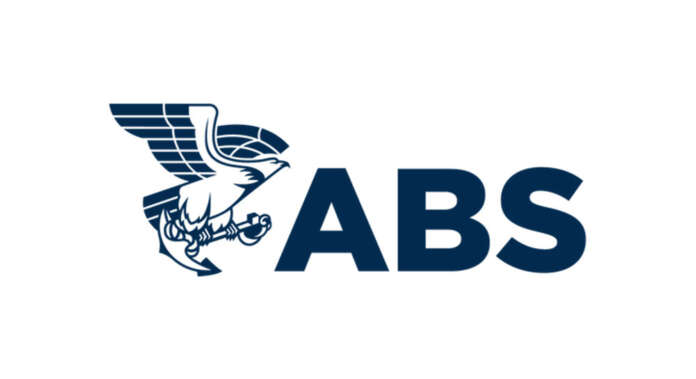
By Patrick Janssens, Vice President, Global Gas Solutions, ABS
The last dec ade has seen a continuous stream of innovation in LNG carrier design and operations; vessel designs have continuously evolved [ds_preview]to meet changing trade demands and this evolution is set to continue.
ade has seen a continuous stream of innovation in LNG carrier design and operations; vessel designs have continuously evolved [ds_preview]to meet changing trade demands and this evolution is set to continue.
An owner ordering a vessel 15 years ago would have had very little choice in what they could specify. LNG carriers were almost all large ships of around 140-145 cu m with standard designs featuring steam propulsion and little choice of containment systems.
Today the drive for higher performance vessels has seen a choice of propulsion and containment systems come onto the market. Traditionally, LNG carriers could trade their entire lives on fixed routes with little need for flexibility. The need to respond to changing patterns of trade means that it is becoming more common for new vessels to include a reliquefaction system.
With the emergence of something akin to a spot market in LNG, ships may load for different destinations depending on the state of the market and the season, potentially spending more time on the water, so requiring greater use of reliquefaction.
These changes in demand have also seen the emergence of mid scale and small scale LNG shipping, with new trades requiring discharge flexibility to parcel level where a large LNG carrier may discharge to the shore or other vessels for final delivery to small, draft-restricted ports.
This has driven further innovation in new vessel design with concepts such as the LNT- A-Box which can serve the small and mid-size cargo demand directly. Its simplified design also means it can be constructed at shipyards that otherwise would not be able to compete for LNG carrier tonnage.
It is not uncommon for new designs to take time to gain commercial acceptance. ABS granted AIP in 2013 to Lattice Technology for its Lattice Pressure Vessel (LPV) tank, which features a flexible, space-saving shape for carrying fuel or cargo. It took until 2017 for Lattice Technology to secure its first order, for a 15 cu m LNG fuel tank installed onboard a port clean-up vessel in South Korea.
In terms of what comes next, one of the major trends is likely to be more mid-scale LNG for energy supply and LNG bunkering. Development of these ships has only scratched the surface and designs will continue to adapt to the need for greater market flexibility.
All innovation creates technologies with different levels of success. The class society AIP process is designed to encourage innovation and to recognise technology that can be applied safely and sustainably.
It is in the nature of the design process to have a third party evaluate new concepts for compliance. Not all the concepts that result come fully into the mainstream, not all prove commercially acceptable to owners, but AIPs demonstrate to buyers that creative minds are trying to find new solutions and the best will survive the process of natural selection.
The last decade and a half has demonstrated beyond doubt the depth of creativity in LNG carrier design and operations. The AIP process will continue to give owners confidence across a range of options from which to select the technologies appropriate for the next generation of vessels.
For further questions or information, please contact globalgassolutions@eagle.org
or visit eagle.org
















